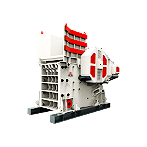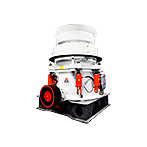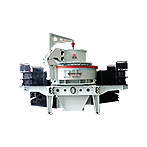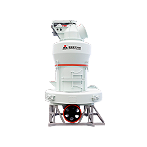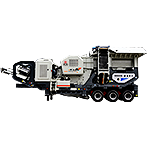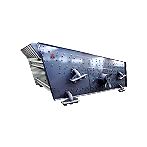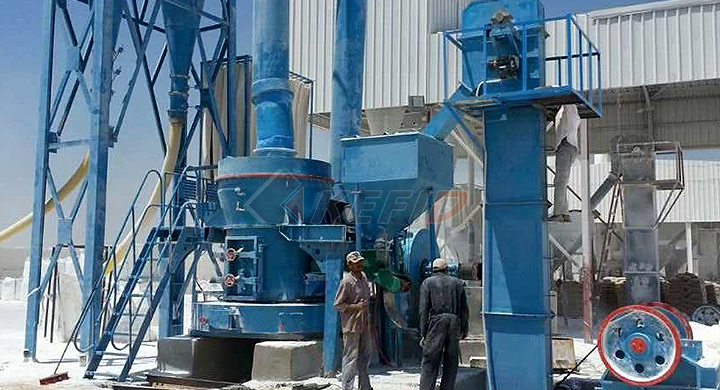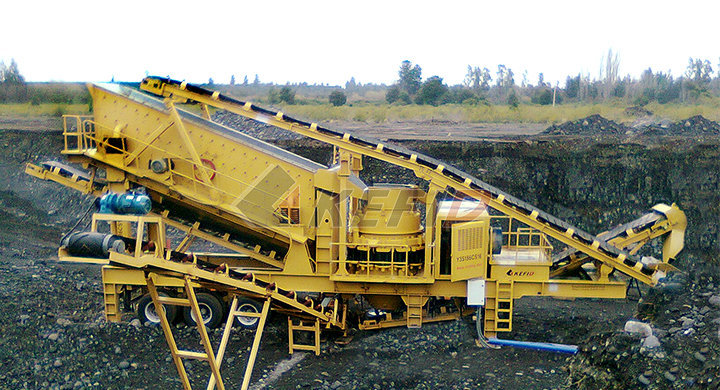магазин
earth s surface overview windows to the universe
KEFID,Дробильно-сортировочное оборудование Китая высокого качества, стандартное дробильное оборудование. На протяжении более 30 лет мы занимаемся исследованиями и разработками и производством дробильного оборудования, дробления зданий, промышленных дробилок и экологически чистых строительных материалов, и предлагаем профессиональные решения и дополнительные продукты для создания ценность для клиентов.
Онлайн сообщение
earth s surface overview windows to the universe

Earth's Surface Overview Windows to the Universe
Apr 28, 2016· Most of the Earth's surface (70%) is covered with water, and the remaining 30% is taken up by the seven continental landmassesHowever, underneath the water that fills the oceans, and the dirt and plants that cover the continents, the Earth's surface layer is made of rockApr 28, 2016· Underneath the water that fills the oceans, and the dirt and plants that cover the land, the Earth's surface layer is made of rock Long ago, this rocky outer layer of Earth formed a hard crust when lava cooled The surface layer is broken into many large plates that move very slowly, much too slowly to see with your eyesEarth's Surface Overview Windows to the Universe

Earth's Interior and Surface Windows to the Universe
Jun 03, 2008· Earth, the largest and densest rocky planet, was formed about 45 billion years ago The Earth's interior is divided into four layers, which is typical of rocky planets Each layer has different characteristics and is made of different elements and minerals There are many different types of features on Earth’s surface due to the complexity of our planetEarth's Tilt Is the Reason for the Seasons! During the year, the seasons change depending on the amount of sunlight reaching the Earth as it revolves around the Sun The seasons are caused as the Earth, tilted on its axis, travels in a loop around the Sun each yearEarth's Tilt Is the Reason for the Seasons! Windows to

Earth's Interior and Surface Windows to the Universe
The Earth's interior is divided into four layers which is typical of rocky planets It is cool on the surface but very hot deep inside the planet The center, or core, is as hot as 9000 degrees F The Earth's surface is unique from the other planets because it is the only one with liquid water Water helps to make surface features such asThe atmosphere is a mixture of nitrogen (78%), oxygen (21%), and other gases (1%) that surrounds Earth High above the planet, the atmosphere becomes thinner until it gradually reaches space It is divided into five layersMost of the weather and clouds are found in the first layer The atmosphere is an important part of what makes Earth livable It blocks some of the Sun's dangerous raysEarth's Atmosphere Windows to the Universe

An Overview of Jupiter's Atmosphere windows2universe
The king of planets is aptly named because it not only has the most dymanic atmospheric motion, but also the most riveting cloud patterns and storms, and the most majestic appearance of the giant planets The dramatic appearance of Jupiter stems partially because the composition of Jupiter's atmosphere includes complicated molecules such as ammonia and methane, as well as simple moleculesWelcome to Windows to the Universe your portal to discovery! Explore the wealth of information available here to learn about the Earth and Space sciences and related topics in the humanities including mythology, art, poetry, and more Our mobile website version is available now on your phone's web browser and give us feedback NEW Subscription Opportunities for Educators and their Students!Windows to the Universe

Earth Surface Universe Today
Mar 26, 2010· The Earth’s surface may seemed fixed and permanent to us, but underneath our feet there is constant motion and changes that we may not notice untilEarth is special because it is an ocean planet Water covers 70 percent of Earth's surface Earth's atmosphere is made mostly of nitrogen and has plenty of oxygen for us to breathe The atmosphere also protects us from incoming meteoroids, most of which break up before they can hit the surface Visit NASA Space Place for more kidfriendly factsOverview | Earth – NASA Solar System Exploration

Jupiter Magnetosphere Overview: Size, Shape and Science
Jupiter's magnetosphere is very special It is the biggest thing in the entire solar system Not only is it big enough to hold all of Jupiter's moons, but the sun itself could fit inside It goes all the way to Saturn If it could be seen at night, it would be as big in the sky as the full moonEarth is special because it is an ocean planet Water covers 70 percent of Earth's surface Earth's atmosphere is made mostly of nitrogen and has plenty of oxygen for us to breathe The atmosphere also protects us from incoming meteoroids, most of which break up before they can hit the surface Visit NASA Space Place for more kidfriendly factsOverview | Earth – NASA Solar System Exploration

Earth | Development, Information, Composition, & Facts
Earth, third planet from the Sun and the fifth largest planet in the solar system in terms of size and mass Its single most outstanding feature is that its nearsurface environments are the only places in the universe known to harbor life Learn more about development and composition of Earth in this articleEarth's Systems The performance expectations in Earth’s Systems help students formulate answers to the questions: “How do the materials in and on Earth’s crust change over time?” and “How does water influence weather, circulate in the oceans, and shape Earth’s surface?” Three subideas from the NRC Framework are addressed inMiddle School Earth and Space Sciences NGSS Hub

Life in the Universe Ch 7, 8, & 9 Flashcards | Quizlet
the approximate Pluto to Earth surface areatovolume ratio? C) 54 If life exits on Mars today, it is most likely to be found Which of the following statements is an overall summary of the findings from the Viking the Earth's rotation to slow gradually and the Moon to move gradually farther from the Earth13 Representing Earth’s Surface Topographic maps represent Earth’s surface in three dimensions; they show elevation, Topographic Maps distance directions, and slope angles • Contour lines are lines on a topographic map that indicate an elevationChapter 1 Introduction to Earth Scienceppt

Planet Earth Universe Today
Sep 17, 2015· In terms of its orbit, Earth has a very minor eccentricity (approx 00167) and ranges in its distance from the Sun from 147,095,000 km (0983 AU) at perihelion to 151,930,000 km (1015 AU) atDec 10, 2014· It was also during this eon – roughly 448 billion years ago (or 70–110 million years after the start of the Solar System) – that the Earth's only satellite, the Moon, was formedHow was the Earth formed? Phys

In Depth | Earth – NASA Solar System Exploration
Earth's global ocean, which covers nearly 70 percent of the planet's surface, has an average depth of about 25 miles (4 kilometers) and contains 97 percent of Earth's water Almost all of Earth's volcanoes are hidden under these oceans Hawaii's Mauna Kea volcano is taller from base to summit than Mount Everest, but most of it is underwaterA partial lunar eclipse happens when only part of Earth's shadow covers the Moon NASA Lunar Eclipse Guides: 20112020 and 20212030 During some stages of a lunar eclipse, the Moon can appear reddish This is because the only remaining sunlight reaching the Moon at that point is from around the edges of the Earth, as seen from the Moon's surfaceOverview | Earth's Moon – NASA Solar System Exploration

Get Earth View Map 3D Microsoft Store
Download this app from Microsoft Store for Windows 10, Windows 10 Mobile, Windows 10 Team (Surface Hub), HoloLens See screenshots, read the latest customer reviews, and compare ratings for Earth View Map 3DMar 30, 2010· The Atmosphere is of course the region of gases that lies above the Earth’s surface and it is one of the largest reservoirs of free oxygen on earth The Biosphere is the sum of all the Earth’sOxygen Cycle Universe Today

Earth's Systems | National Geographic Society
Oct 29, 2019· One of the main components of Earth’s interdependent physical systems is the hydrosphere The hydrosphere is the sum of Earth’s water, in the ocean, the ground, on the surface, and in the air Approximately 71 percent of Earth’s surface is covered in water Of all of that water, only about three percent is freshwaterThis%text%is%derivative%from%content%onWindows%to%the%Universe®%(http://windows2universe)©2010,% National%Earth%Science%Teachers%Association%%Layers of the Earth's Atmosphere Worksheet includes

Middle School Earth and Space Sciences NGSS Hub
Earth's Systems The performance expectations in Earth’s Systems help students formulate answers to the questions: “How do the materials in and on Earth’s crust change over time?” and “How does water influence weather, circulate in the oceans, and shape Earth’s surface?” Three subideas from the NRC Framework are addressed inOct 29, 2019· One of the main components of Earth’s interdependent physical systems is the hydrosphere The hydrosphere is the sum of Earth’s water, in the ocean, the ground, on the surface, and in the air Approximately 71 percent of Earth’s surface is covered in water Of all of that water, only about three percent is freshwaterEarth's Systems | National Geographic Society

In Depth | Earth – NASA Solar System Exploration
Earth's global ocean, which covers nearly 70 percent of the planet's surface, has an average depth of about 25 miles (4 kilometers) and contains 97 percent of Earth's water Almost all of Earth's volcanoes are hidden under these oceans Hawaii's Mauna Kea volcano is taller from base to summit than Mount Everest, but most of it is underwaterDownload this app from Microsoft Store for Windows 10, Windows 10 Mobile, Windows 10 Team (Surface Hub), HoloLens See screenshots, read the latest customer reviews, and compare ratings for Earth View Map 3DGet Earth View Map 3D Microsoft Store

Planet Earth Universe Today
Sep 17, 2015· In terms of its orbit, Earth has a very minor eccentricity (approx 00167) and ranges in its distance from the Sun from 147,095,000 km (0983 AU) at perihelion to 151,930,000 km (1015 AU) atThis%text%is%derivative%from%content%onWindows%to%the%Universe®%(http://windows2universe)©2010,% National%Earth%Science%Teachers%Association%%Layers of the Earth's Atmosphere Worksheet includes

Telescopes | Earth Science
Earth is separated from the rest of the universe by very large expanses of space Very rarely matter from outside Earth’s environment reaches us, such as when a meteorite makes it through the atmosphere from elsewhere in the solar system But for the most part, astronomers have one main source forAug 26, 2016· One of the main components of Earth’s interdependent physical systems is the hydrosphere The hydrosphere is the sum of Earth’s water, in the ocean, the ground, on the surface, and in the air Approximately 71 percent of Earth’s surface is covered in water Of all of that water, only about three percent is freshwaterEarth | National Geographic Society

Oxygen Cycle Universe Today
Mar 30, 2010· The Atmosphere is of course the region of gases that lies above the Earth’s surface and it is one of the largest reservoirs of free oxygen on earth The Biosphere is the sum of all the Earth’sA partial lunar eclipse happens when only part of Earth's shadow covers the Moon NASA Lunar Eclipse Guides: 20112020 and 20212030 During some stages of a lunar eclipse, the Moon can appear reddish This is because the only remaining sunlight reaching the Moon at that point is from around the edges of the Earth, as seen from the Moon's surfaceOverview | Earth's Moon – NASA Solar System Exploration

Overview | Pluto – NASA Solar System Exploration
The Latest The Latest July 14, 2017: On July 14, 2015, NASA’s New Horizons spacecraft made its historic flight through the Pluto system – providing the first closeup images of Pluto and its moons and collecting other data that has transformed our understanding of these mysterious worlds on the solar system’s outer frontierEarth's Size Volume: 673 x 10 11 cubic miles (1083 x 10 12 km 3) Radius: 3,959 miles (6,371 km) Diameter: 7,918 miles (12,742 km) Surface Area: 197 x10 8By the Numbers | Earth – NASA Solar System Exploration

A MEETING WITH THE UNIVERSE
The Sun and Us Nothing is more important to us on Earth than the SunWithout the Sun's heat and light, the Earth would be a lifeless ball of icecoated rock The Sun warms our seas, stirs our atmosphere, generates our weather patterns, and gives energy to the growing green plants that provide the food and oxygen for life on EarthThe Moon’s orbit is inclined slightly to Earth’s orbit This permits seeing the Moon when it is on the opposite side of Earth from the Sun The tilt of the orbit causes the Moon to be above or below Earth’s shadow On occasion, the tilt of the orbit lines up with Earth’s shadow and the reflected light ofCompetency 054: Characteristics of the Solar System and
